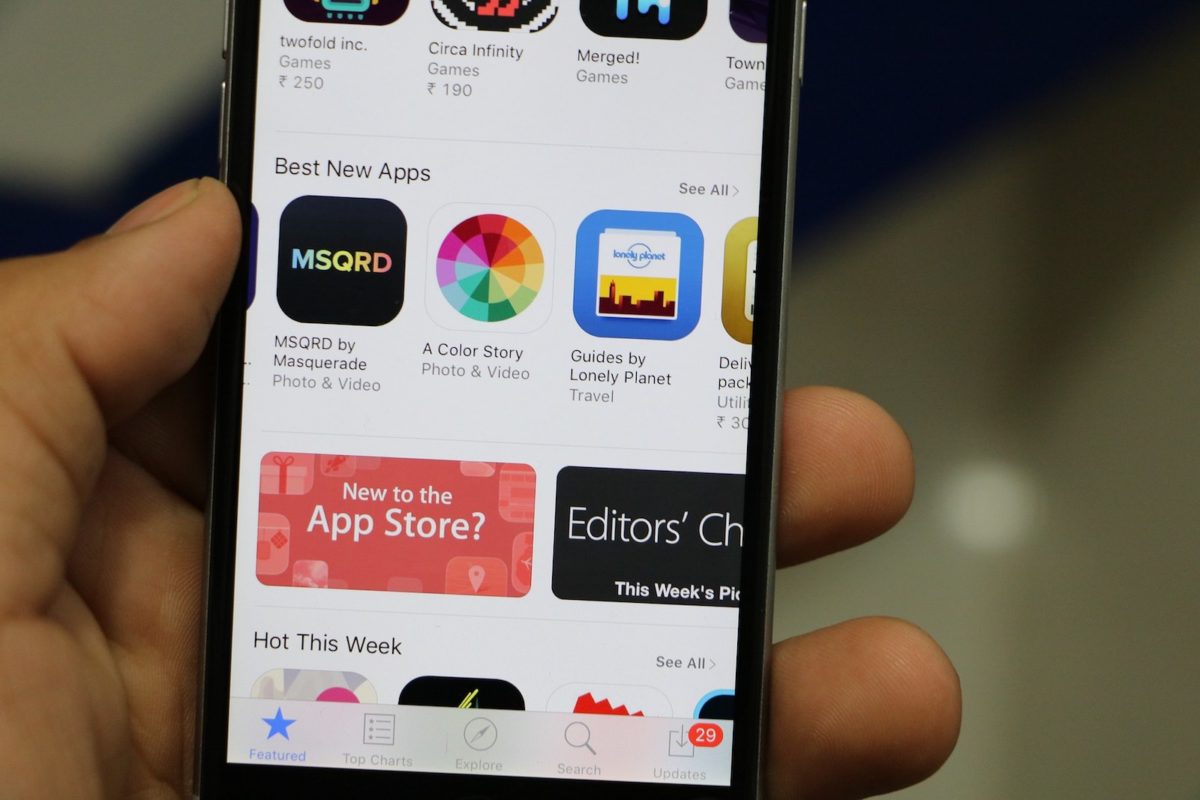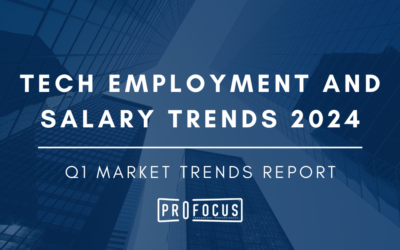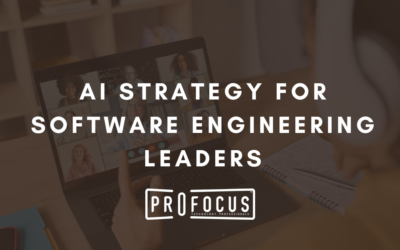“TANSTAFL – There ain’t no such thing as a free lunch” – Robert Heinlein’s “The Moon is a Harsh Mistress”
Whenever I get in the mood to purchase new apps for my iPhone, I usually like to read the user reviews first, to get an idea of what other people thought about the app I’m interested in purchasing.
Probably the number one complaint I continually see when someone negatively reviews an app is just how darned “expensive” it is, and how they angrily demanded a refund from the app creator.
For a 99 cent app.
Yes, for apps that cost a whole DOLLAR to purchase.
The angry reviewer typically will complain about how the app was such a complete waste of time to download (which in reality, usually only take 60 seconds of less to finish) and the app sucked, and how they angrily marched back to their App store e-mail receipt, to submit a complaint report and ask for their hard earned 99 cents back.
* Cue world’s smallest violin *
Puh-leeze, cry me a river, why don’t you?
These are probably the same group of people who angrily complained when the band, U2, famously gave away one of their recent music albums to all iTunes users, only to get angry complaints from a vocal minority of people who whined that their generous gift took up too much space on their iPods or iPhones???
Good night.
Well, I guess you can’t please everyone.
But seriously, I think the App Store revenue model, while still beneficial for many software developers, has created an unfortunate revenue mentality, which I ultimately think, harms the software market as a whole.
I’m the first to admit much of my philosophy comes from being a bona fide software developer, I make no bones about that.
I write software.
For a LIVING.
Meaning I depend on my ability and skills to write software, for companies who value my skill and will pay me a more than decent wage to do so.
And I make absolutely no distinction between a freelance software developer trying to make money from Apple’s App Store, versus a corporate software developer like myself.
We both need to make a living.
We both have the knowhow and skills to write software for a particular software and hardware platform.
The only difference is I get paid by a single employer while the freelance software developer relies on the personal consumer market for revenue.
And software written for the iPhone and iPad can be just as complex (and probably MORE in many cases) as the software I often write for enterprise businesses.
Just because the app size for an iPhone or iPad app might be smaller in size than a similar app targeted for businesses, doesn’t necessarily mean it’s less complex in nature.
In fact, many of the AAA titles you see in Apple’s App store require big budgets in the MILLION(s) dollar range. The AAA game title, Infinity Blade 3, was rumored to have a production budget of 1.5 million pounds (equivalent to near 2 million US dollars).
I just checked what the App Store is currently charging for their AAA game title that cost near 2 million dollars to produce … $6.99.
It honestly boggles my mind how cheaply they charge for a game of that caliber and with so much R&D budget and production costs.
Is $6.99 an unfair price?
A lot of the negative user reviews for this particular game have a common running theme … that’s $6.99 is just WAY too unthinkably expensive to spend on a game. How DARE a company have the audacity to charge that much money for something on my iPhone!
Their line of thinking usually revolves around two things.
1. Most apps and games on the App Store are either FREE or at most .99 cents to purchase
2. If I don’t like it, I simply DESERVE a refund.
It’s this kind of entitlement attitude that I find most irritating about the whole App store model.
It’s pretty clear where this sense of entitlement and the commoditization of software came from.
It came from Apple.
When Apple launched the app store a year after the first iPhone was introduced, it literally created a new digital goldmine of opportunity for software developers.
If you knew how to program for Mac OS X, it was easy to transition to writing software apps for the iPhone. They both used the same core operating system and developer environment and programming language, Xcode and Objective-C.
Apple released an official SDK (software development kit) that allowed all third party software developers to begin writing software for the iPhone and it started an avalanche of apps, which continues to this day.
It also helped cement Apple as THE hot new way to write software. It also made a lot of programmers quickly get rich off writing software for the iPhone.
As more and more developers wrote software for the iPhone, it helped to attract more consumers to purchase more iPhones, which ultimately helps Apple’s bottom line.
Apple is a software company, but they are also a hardware company. The lion’s share of their profits are derived from the sale of their hardware products.
Apple full well knows that the key to building even greater revenue and profits is by attracting more and more software developers to write software for their platform. It’s the exact same formula Microsoft used for years to help attract more software developers to write for their Windows platform.
The more developers you can attract to your hardware platform, the easier it gets to attract consumers to purchase your products.
There is no doubt this is true, when we look at Microsoft’s utter failure to profit from the smartphone market.
They released a Microsoft branded Windows smartphone a full 3 years after the introduction of Apple’s iPhone. And even with all the fanfare and marketing that Microsoft poured into their marketing budget, it ultimately never made a dent in sales.
Apple attracted so many software developers to the iPhone, there was little reason for a software developer to consider writing software for other smartphone platforms like Microsoft’s Windows Phone.
This, in turn, created a negative spiral effect for Microsoft. All the high-quality app development was happening on Apple’s iPhone platform, which in turn, helped to attract more consumers to purchase more iPhones.
But unfortunately, it ended up creating a situation where fewer app developers were writing for Microsoft’s own Windows Phone environment.
As a consumer, you naturally gravitate to a device that has the most software applications. Apple’s head start out of the gate gave them a “first mover” advantage, which continues to this day.
This meant that fewer consumers would consider purchasing other smartphone devices from other companies like Microsoft.
This lack of support from third-party app developers sealed Microsoft’s fate in the smartphone market.
It’s gotten so bad that Microsoft has less than 1% total market share.
It’s proof positive that attracting software developers to your software and hardware platform is absolutely crucial to sales and revenue.
There is no doubt that Apple’s shrewd decision to allow third-party software developers to write software for their iOS platform, has paid off in spades for them.
It’s predicted that in just a few more years, they will have a good chance of becoming the world’s first company to be valued at a TRILLION dollars, and this is no small part due to the fact that they have been able to attract armies of software developers to write apps on their platform.
Yet as successful as they have become, it’s also created an unfortunate side effect for many of these same third party developers.
Apple recently announced that they have paid out over 50 billion dollars to iOS developers.
That is a staggering figure of success and a lot of money and wealth going back into developers’ hands.
But not EQUALLY.
For every blockbuster app like Angry Birds or Candy Crush which have helped to make millions of dollars for their creators, there are other iOS developers who have barely made enough money to break even or even LOSE money.
And the one trend that seems to be the primary reason WHY so many app developers can’t even break even, is the 99 cent pricing model.
The average cost of a typical app sold through Apple’s App Store is 99 cents down to free.
That kind of pricing is simply too unsustainable for many software developers who rely on revenue to make a living.
Paid software developers, like anybody else in other professions, don’t do it for charity. Writing software has real, monetary costs.
You don’t write software out of thin air. You need a decent computer. You need a good internet connection. You need access to good technical documentation. None of that is free … that’s real money a software developer needs to invest in. Not to mention the time and sweat equity effort a software developer pours into writing an application.
Yet I never fail to see at least a few users complain about how “high” a $5 or $10 app costs.
Let’s say an app developer charges $1 for their app. For every sale, sold through Apple’s App Store, Apple takes a 30% cut, which leaves the developer with a 70 cent net profit on each sale.
At the $1 pricing model, a developer needs to sell north of 70,000 copies of their app in order to make $50,000 in revenue. Much of that $50,000 will need to go back to cover development expenses and other design costs, before the remaining amount can be considered net profit for the developer.
When Apple first introduced the App Store, it was much easier to get recognized as an iOS developer, when your app was released.
The latest statistics show that there are somewhere north of 2 million registered apps that currently exist in Apple’s app store.
Nowadays, you’re competing against 2 million other apps vying for the attention and wallets and purses of iPhone consumers.
It’s why getting into the top 50 ranked apps in the App Store is crucial for the success of an app…there are so much competition nowadays, that only the top ranked apps who make it on that list, have a shot of making the big money.
But the majority of apps that make it in those top ranked listings are the ones backed by major companies like Electronic Arts, with multimillion dollar budget war chests and armies of marketing staff who create expensive ads on tv and the internet.
The independent software developer without the backing of any major software development studio, is going to have a much more difficult time getting noticed in the App store. They simply don’t have the ad and marketing budget to advertise at the scale of big companies, not to mention the vastly larger access to software developers, artists, and all the other myriads of people you need to launch a big blockbuster game or app.
The big game studios and companies can afford to price their apps at 99 cents, or even the “freemium” pricing model, where it doesn’t cost the consumer anything to download the app, but requires micro-transaction payments to get the full version of the game.
The big companies have the production and marketing budget resources to be able to price their apps at such a low cost, because they can rely on the volume they can generate over a longer period of time.
The independent developer doesn’t have access to any of that.
I still clearly remember the days when shrink-wrapped computer desktop software cost HUNDREDS of dollars to purchase.
Back in the mid-1990s, if you wanted to purchase a copy of Microsoft Office from your local computer superstore, you’d be shelling out well over $500. I’m sure a lot of younger kids would be shocked that you actually had to PAY for a web browser, back in the early days of the internet.
Software was so much more expensive back then. It’s why I still get amused when I read about people complaining about how EXPENSIVE their $5 app was … as if they had to refinance their house to afford it.
There’s just something downright weird about consumer expectations when purchasing smartphone apps. If a person is willing to shell out between $700-900 for a premium contract free iPhone, they should have similar expectations that software has real costs as well.
I’m a big Kindle e-book reader. I like the fact that I can instantly download digital books directly to my Kindle device and not have to make an actual trip to the bookstore to find a physical copy, which may not always be there in stock.
Because you’re not paying for the physical production costs of a physical paper book, you’re also saving money.
The typical price of a e-book is somewhere between $8-12, if it’s already been released as a physical paperback, and closer to $20 or more if it’s a hardcover edition.
Yet I don’t encounter many user reviews on Amazon about how expensive purchasing e-books are … why is it so different for purchasing smartphone apps?
If a person is willing to shell out hard earned money for a writer’s product, why should it be any different for a software developer?
So is there any sort of way to address this economic revenue gap?
Apple, for one, could dictate a new “minimum price” level for all new apps. Maybe something closer to a minimum of $5.00 to $10.00.
$10.00 is still a bargain to pay for software that you can instantly download to your smartphone and enjoy immediately. And it at least gives the develop a fighting chance to recuperate their production and design costs.
We, as consumers, need to start recognizing that maybe the best things in life aren’t ALWAYS free.
There ain’t no such thing as a free lunch!




